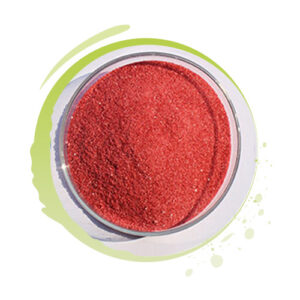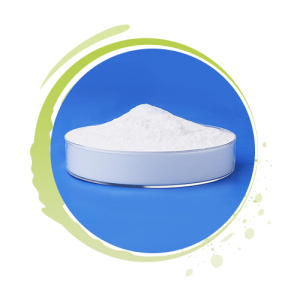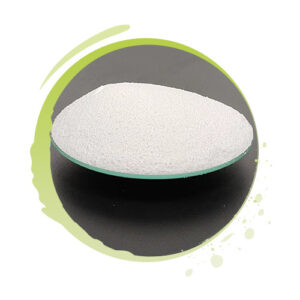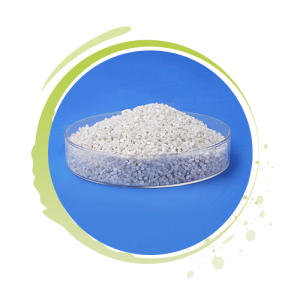Description
Grade
Industrial Pure Grade
All levels meet ACS requirements
| Item | Industrial Pure Grade |
| Content %≧ | 99.0-101.0 |
| pH of 5% solution | 6.7-7.3 |
| Insoluble matter%≦ | 0.02 |
| Chloride ( Cl ) % ≦ | 0.003 |
| Sulfate ( SO 4 ) % ≦ | 0.01 |
| Nitrate ( NO 3 ) % ≦ | 0.05 |
| Zinc (Zn)%≦ | 0.03 |
| Iron (Fe)%≦ | 0.001 |
| Heavy metals (calculated as lead)%≦ | 0.01 |
| Nickel (Ni)%≦ | 0.1 |
| Non-deposited ammonium sulfide ( calculated as SO 4 ) % ≦ | 0.3 |
Test method
Test details are available upon request.
Packed
in 25kg paper drum.
Storage
Hazardous to the environment, store in a cool, dry, well-ventilated warehouse, keep away from fire, and pack tightly. Irritant, avoid eye contact with the substance’s aqueous solution. Repeated skin contact with the substance can easily cause dermatitis. Inhalation can cause pharyngitis, abdominal cramps and calf weakness. Sealed operation, local exhaust. Prevent dust from being released into the workshop air. Wear a self-priming filter dust mask, chemical safety goggles, anti-poison infiltration overalls, and rubber gloves. Use explosion-proof ventilation systems and equipment to avoid dust generation. Equipped with corresponding types and quantities of fire-fighting equipment and leakage emergency treatment equipment.
First Aid Measures
Eye Contact: Rinse immediately with plenty of water or seek medical advice.
Skin Contact: Wash with water, remove and wash contaminated clothing.
Ingestion: Rinse mouth with water and seek medical advice.
Fire risk
The product is flammable when exposed to high temperature or open flame, and its powder can form explosive mixture with air.
Mainly used
as a liquid-phase oxidation catalyst, such as for the preparation of terephthalic acid; as a desiccant for paints and varnishes; as an additive for aluminum surface treatment agents; as a pigment ingredient for ceramics; as a foam stabilizer for malt alcoholic beverages; as a metal complex Synthesis of compounds; and other analytical reagents, catalysts, etc.
Physiological properties
This product is harmful to the human body. Inhalation can cause symptoms such as pharyngitis, vomiting, abdominal cramps, and calf weakness. Contact with the skin can easily cause dermatitis and irritate the eyes. Long-term use of this product can easily cause goiter and hypofunction. , and can even cause damage to organs such as the kidneys, lungs, and heart.





